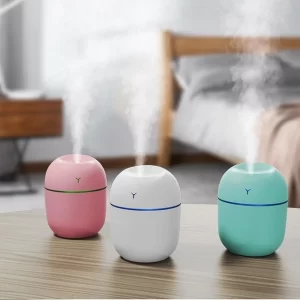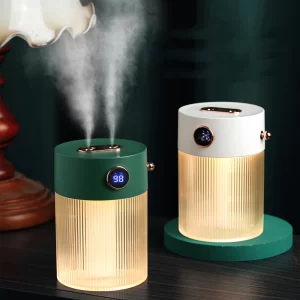Can a dehumidifier work as a humidifier?
Introduction
Humidity levels play a significant role in our comfort and well-being. While dehumidifiers and humidifiers are both used to manage indoor humidity, they serve different purposes. A common question that arises is whether a dehumidifier can work as a humidifier or vice versa. In this guide, we will explore the differences between dehumidifiers and humidifiers, their functionalities, and their limitations. Understanding these distinctions will help you select the appropriate device to meet your specific humidity needs.
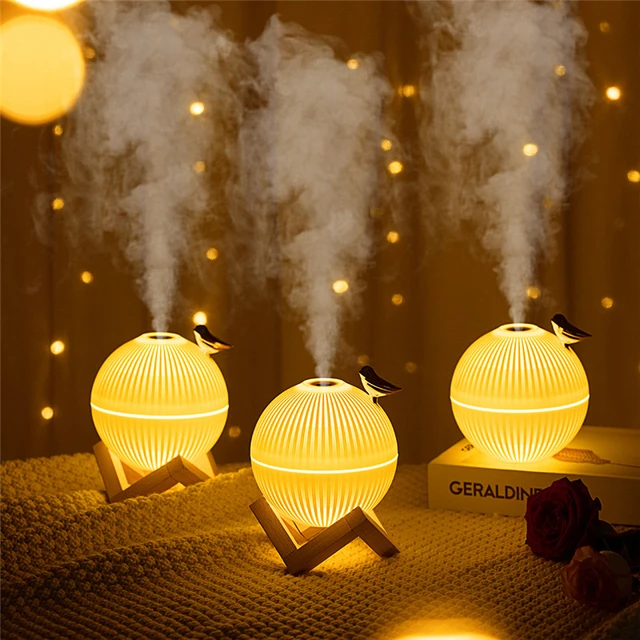
Can a dehumidifier work as a humidifier?
I. Dehumidifiers: Reducing Excess Moisture
-
Purpose of Dehumidifiers:
- Dehumidifiers are designed to reduce excess moisture in indoor spaces. They extract moisture from the air, helping to maintain a comfortable humidity level and prevent issues like mold growth, musty odors, and damage to furniture or structural integrity.
-
How Dehumidifiers Work:
- Dehumidifiers use a fan to draw humid air into the unit, where it passes over cooled coils. As the air cools, moisture condenses and collects in a water tank or is drained through a hose. The dry air is then released back into the room.
-
Benefits of Dehumidifiers:
- Dehumidifiers can alleviate respiratory issues caused by high humidity, such as allergies and asthma. They also help prevent the growth of mold and mildew, which can trigger allergies and cause structural damage to buildings.
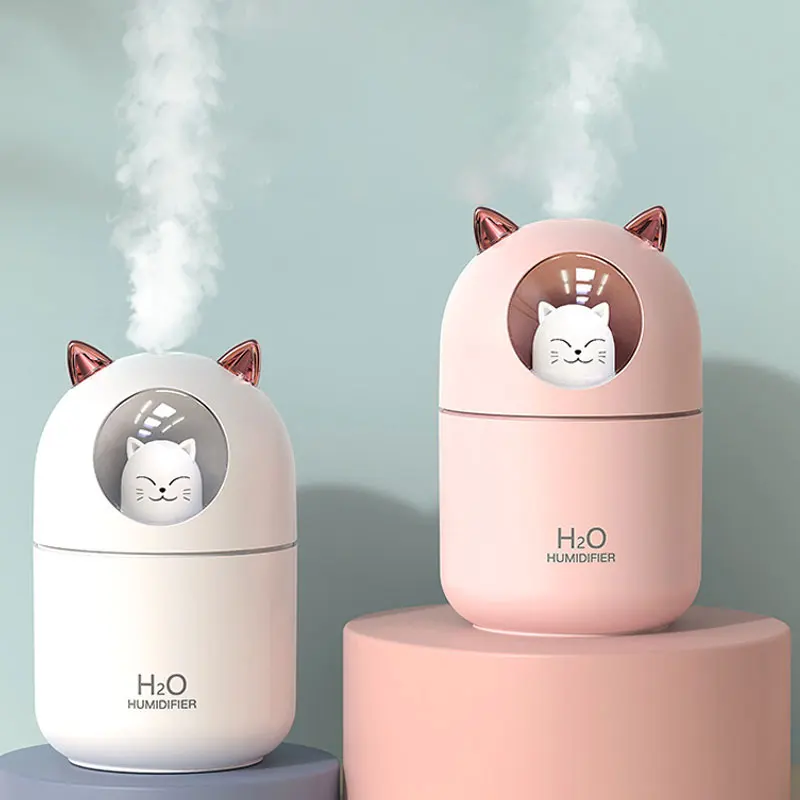
II. Humidifiers: Adding Moisture to Dry Air
-
Purpose of Humidifiers:
- Humidifiers are designed to increase moisture levels in indoor spaces where the air is too dry. They are particularly beneficial during the winter months when the cold air holds less moisture and can lead to dry skin, respiratory irritation, and static electricity.
-
How Humidifiers Work:
- Humidifiers emit water vapor or steam into the air, increasing the moisture level. Some humidifiers use evaporation, while others generate steam using heating elements. Ultrasonic humidifiers use high-frequency vibrations to produce a fine mist.
-
Benefits of Humidifiers:
- Humidifiers alleviate dry skin, soothe respiratory symptoms, and reduce static electricity. They can also help protect wooden furniture, musical instruments, and indoor plants, which may suffer in low humidity conditions.
III. The Differences Between Dehumidifiers and Humidifiers
-
Moisture Extraction vs. Moisture Addition:
- Dehumidifiers focus on removing excess moisture from the air, while humidifiers add moisture to dry air. These devices operate in opposite manners to achieve different humidity goals.
-
Targeted Humidity Levels:
- Dehumidifiers are aimed at maintaining an optimal humidity level by reducing moisture to prevent issues associated with high humidity. Humidifiers, on the other hand, aim to increase moisture in the air to alleviate problems caused by dryness.
-
Mechanisms of Action:
- Dehumidifiers remove moisture by condensing it on cooled coils, while humidifiers introduce moisture through various methods, such as evaporation or steam generation.
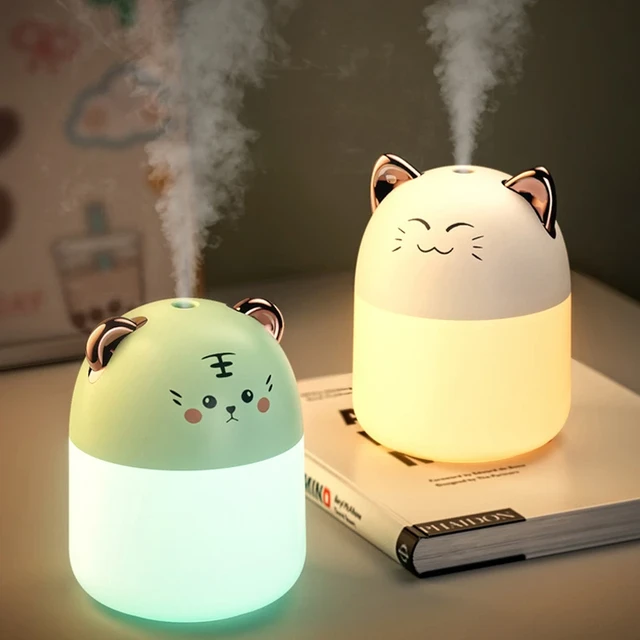
IV. Limitations and Considerations
-
Relative Humidity Levels:
- Dehumidifiers are effective in reducing excess humidity but cannot lower humidity levels below the ambient relative humidity. Similarly, humidifiers cannot raise humidity levels beyond the ambient relative humidity.
-
Hygrometer Monitoring:
- To effectively manage humidity levels, it is recommended to use a hygrometer to measure the relative humidity in your space. This will help determine whether a dehumidifier or humidifier is needed and whether the device is achieving the desired humidity level.
-
Compatibility with Room Size:
- Dehumidifiers and humidifiers come in different sizes and capacities. It is essential to select a device appropriate for the size of the room or area to ensure optimal performance. Incorrectly sized devices may be ineffective or overcompensate, leading to undesirable humidity levels.
-
Health Considerations:
- While both dehumidifiers and humidifiers offer health benefits, it is important to consider personal health conditions and consult with a healthcare professional when using these devices. Individuals with respiratory issues or allergies may require specific humidity levels for optimal comfort.
V. Combining Dehumidifiers and Humidifiers
-
Separate Devices for Different Needs:
- Due to their contrasting functionalities, dehumidifiers and humidifiers are typically used as separate devices to address specific humidity concerns. In many cases, using both devices separately can help maintain an optimal and comfortable humidity level throughout the year.
-
Moisture Monitoring and Adjustment:
- By using a hygrometer to monitor humidity levels, you can determine when to switch between using a dehumidifier and a humidifier. This allows you to adapt to the changing moisture requirements of your indoor environment.
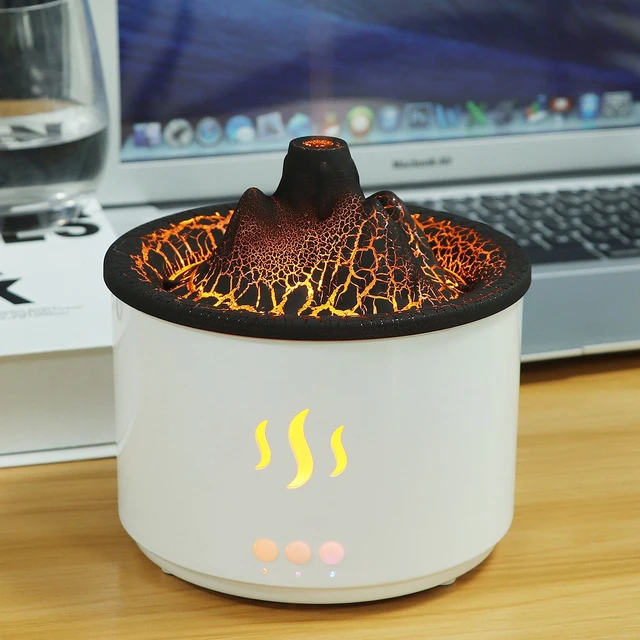
VII. Selecting the Right Device for Your Needs
-
Assessing Humidity Conditions:
- Determine whether your primary concern is excessive humidity or dry air. Monitor the relative humidity in your space using a hygrometer to understand the current moisture levels and determine the appropriate device to address your specific needs.
-
Excessive Humidity:
- If your space experiences high humidity levels, characterized by dampness, mold growth, or musty odors, a dehumidifier is the appropriate choice. Look for a dehumidifier with a capacity suitable for the room size and consider additional features such as automatic shut-off and adjustable humidity settings.
-
Dry Air:
- If your space suffers from dry air, causing issues like dry skin, respiratory irritation, and static electricity, a humidifier is the solution. Determine the desired level of humidity, and choose a humidifier that matches your room size and offers features like adjustable mist settings and timer functions.
-
Dual-function Devices:
- Some appliances offer combined functionality, serving as both a dehumidifier and a humidifier. These multifunctional devices provide versatility, allowing you to address both excessive humidity and dry air. Consider the specifications, capacity, and features of such devices to ensure they meet your specific needs effectively.
VIII. Maintenance and Usage Tips
-
Regular Cleaning:
- Both dehumidifiers and humidifiers require regular cleaning to prevent the buildup of mold, mineral deposits, and bacteria. Follow the manufacturer’s instructions on cleaning methods and frequencies to maintain optimal performance and hygiene.
-
Water Quality Considerations:
- The quality of the water used in humidifiers can affect their performance and lifespan. Hard water with high mineral content can lead to mineral deposits and scale buildup. Using distilled or demineralized water can help minimize these issues.
-
Optimal Usage:
- Use your dehumidifier or humidifier according to the manufacturer’s recommendations. Operating the device for the appropriate duration and at the recommended settings will ensure effective moisture management without overworking the appliance or wasting energy.
-
Regular Maintenance:
- Follow the manufacturer’s guidelines for routine maintenance tasks like filter replacement, coil cleaning, and water tank emptying. Regular maintenance ensures optimal performance and prolongs the lifespan of your device.
IX. Consult with Professionals
-
HVAC Specialists:
- When dealing with humidity issues, it can be beneficial to consult with HVAC specialists who can assess your specific needs and suggest appropriate solutions. They can provide insights into comprehensive humidity control systems or offer advice on optimizing your current setup.
-
Manufacturer Support:
- Reach out to manufacturers for any questions or concerns regarding the use, maintenance, or troubleshooting of your dehumidifier or humidifier. Manufacturer support can provide assistance and guidance to ensure you are maximizing the lifespan and performance of your device.
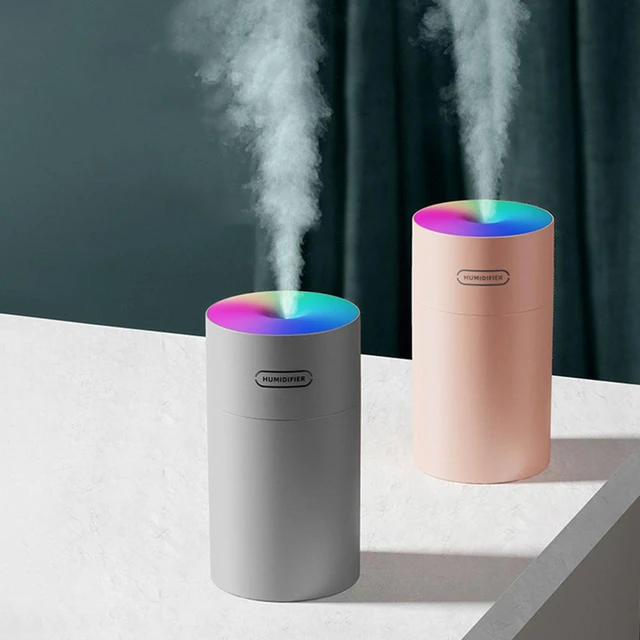
VI. Conclusion
Dehumidifiers and humidifiers have distinct purposes and functions. Dehumidifiers are designed to reduce excess moisture, while humidifiers increase moisture levels. They operate differently and target different humidity levels to address specific humidity concerns.
While dehumidifiers and humidifiers cannot function interchangeably, they can be used together to manage humidity effectively throughout the year. By monitoring humidity levels, selecting the appropriate device for the desired outcome, and considering individual needs and health conditions, you can maintain a comfortable and healthy indoor environment.
